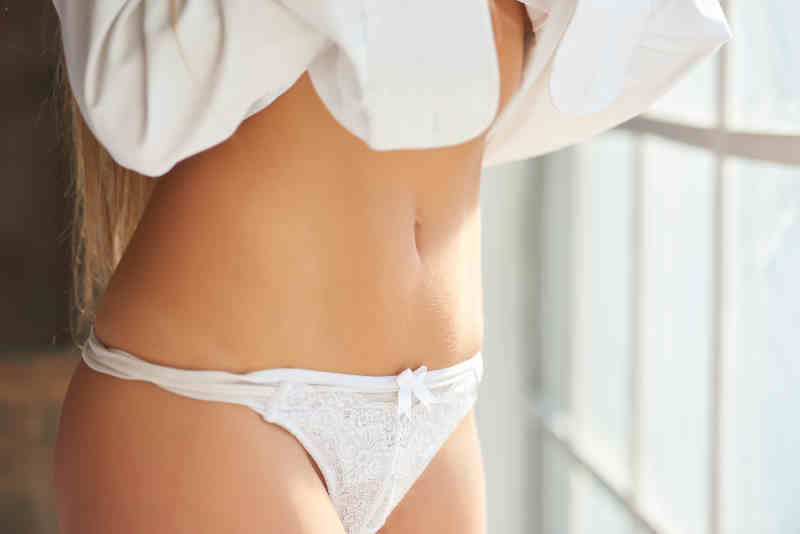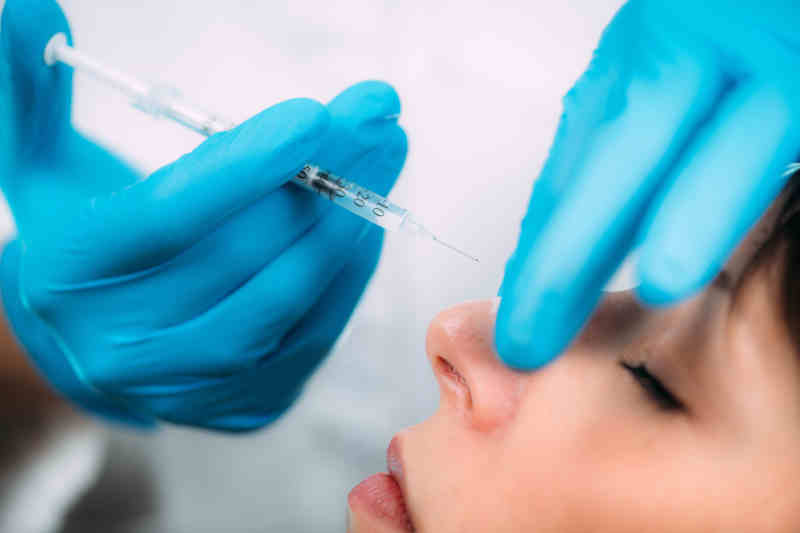Prospective patients who decide to have the septoplasty surgery performed by an expert facial plastic surgeon should understand that there is a significant recovery period after the operation is complete. The septoplasty procedure is a medically-necessary operation that addresses the deviated septum within the nasal structure. Patients suffering from breathing troubles opt to have this procedure performed in order to minimize their snoring and alleviate breathing problems that they might be having. It’s important to note that there are several exercise restrictions that patients will be faced with after the surgery has been performed.
Breathing Issues Caused by Deviated Septums
A deviated septum is one of the most common reasons prospective patients decide to undergo a septoplasty. The septoplasty is a non-cosmetic surgical procedure that straightens a crooked septum. The crooked or deviated septum often causes breathing difficulties through one or both sides of the nose because it constricts the nasal passageway(s). Board-certified plastic surgeons have helped countless numbers of deviated septum patients breathe easier, which improves their quality of life.
The deviated septum can be a condition of birth or the result of an injury to the nose. The septum is the cartilage and bone that separates the inside of the nose. It is covered by a thin lining called mucosa which swells on and off throughout the day. A deviated septum is a crooked or malformed septum that creates a smaller than normal passageway which is blocked further when the mucosa swells.
A further complication occurs when a turbinate enlarges in response to the crooked septum. A turbinate is curled tissue that warms and humidifies the air you breathe in through the nose. Normally there is a space between the turbinate and the septum. When the turbinate swells, the space is closed off, and air cannot pass through.

The Purpose of a Septoplasty Procedure
Septoplasty is a surgical procedure that reshapes the septum to straighten it out, while a turbinectomy reduces the size of an enlarged turbinate. The procedures can be done alone or together, or in conjunction with a different surgery like surgery to correct a sinus problem or a rhinoplasty (nose job). Septoplasty is an outpatient surgery that usually takes less than two hours when it is performed alone or with a turbinectomy. In most cases, the surgery is done inside the nose by going through the nostrils, and no visible incision is made on the outside of the nose.
What Exercise Restrictions are in Place After the Septoplasty?
You should not be participating in any sort of exercise program or performing any exercise routines in the days immediately following the septoplasty surgery. Your body is healing from a major surgical operation, and you can expect to be experiencing discomfort, pain, swelling, and bruising. Avoid exercising for at least 48 hours after the operation.
Light exercise can be resumed about 48 hours after the surgery has been performed. In fact, some light exercise is important in order to prevent the formation of blood clots. For example, try taking a short walk around the block or slowly bending forward in order to move and stretch your face.
Patients who are used to heavy lifting and did so often prior to the operation can resume their normal activities within five days. It is important to discuss this with your surgeon prior to the operation and make sure that it is okay for you to continue heavy lifting for your job or around your house. You don’t want to risk ruining your results because you pushed yourself too hard, too early.
Patients should not do any heavy lifting or strenuous exercise until they have been cleared by their surgeon to do so. In addition, you should not lift anything that weighs more than 5 pounds until you have talked with your surgeon about your own healing process and physical capabilities. Most patients will meet with their surgeon again within 7-10 days following the operation for a follow-up visit. At this appointment, you can discuss your recovery with your surgeon, and together you can decide if you can resume normal activities and exercises once again.

Long-Term Quality-of-Life Benefits after Septoplasty
Being able to breathe freely improves the quality of life for patients. The septoplasty may also relieve patients from repeated sinus infections if the deviated septum was causing the sinus problems. Find an experienced and professionally recognized surgeon who has treated a variety of patients in need of a septoplasty procedure. Expert cosmetic surgeons often also have a number of clients from other areas and states who specifically seek their services because of their expertise and reputation for patient care.
Professional cosmetic surgeons stay current on the latest research and procedures in order to give clients the highest quality service and best options. If you have trouble breathing or experience frequent sinus infections, it is time to contact a board-certified cosmetic surgeon to explore corrective options. You will be joining hundreds of other satisfied clients who chose a septoplasty surgical procedure for breathing relief.
The septoplasty improves the structure of the nose, and patients must be vigilant when it comes to protecting their nose and their face. It is recommended to rest with your head elevated and avoid placing pressure on your nose for a few days after surgery. Note that your cosmetic surgeon will provide you with a specific set of personalized post-operative instructions. Follow all instructions provided to you by your doctor, and you will find that you will receive the best results possible from your surgery. Remember that every patient is different, so the recovery process will vary from person to person. Confirm with your surgeon which exercises are safe and which should be avoided after your operation.














![The Best Weight Loss Tips [current_date format=’Y’] Best Weight Loss Tips 2021](https://plasticsurgeryace.com/wp-content/uploads/2021/06/Best-Weight-Loss-Tips-2021.jpg)

